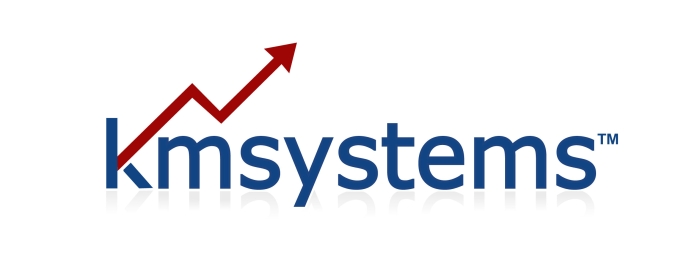Whos doin wot
 Thursday, August 28, 2008 at 8:33AM
Thursday, August 28, 2008 at 8:33AM Here at kmsystems our focus is Microsoft web technologies like ASP.NET, SQL Server, AJAX and so on however I always encourage my team to check out the environment and other web platforms. I believe in always learning and continual improvement and by using other platforms we can learn new and better ways to build for the web.
So to try and lead the way (also eat my own dog food) I have been using the Morfik rapid web development platform for a while now and one of my first projects using the Morfik is called "Whos doin wot". We have been using this tool internally and now I wanted to write a few posts about it and share it with you.
Basically we here at kmsystems are a remote team and needed a way to share with each other what we planned to do for any given day. At the beginning of each day we post what we plan to do and then at the end of the day (or periodically throughout the day) how well we went against our plan. Also we wanted a very simple and no intrusive way to track how much time we were spending on certain projects. The problem with our other existing time sheet tracking tool is that we didn't fill it in until the end of the week (or even later for some of us like me) when time sheets were due. This meant that it became a struggle for the team as they tried to remember what did I do last Monday? With Whos doin wot we update the application daily if not two, three or four times a day so entering how much time you had spent on a project becomes second nature and not a painful chore.
I didn't want to waste a lot of time and money building the application as I wasn't 100% sure it was a good idea yet. I could have quite easily built it in asp.net with a SQL server database but had been playing around with the Morfik rapid application development platform which is super quick and takes the least amount of effort. So I thought it would be the perfect project to put my Morfik skills to work on.
I have set up a dedicated blog for Whos doin wot so please visit us if you are interested in using the application and red some more about the development.
